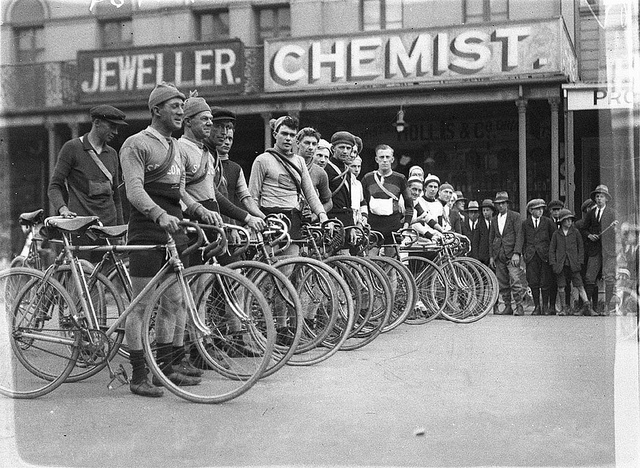Tell me, and I will forget.So what better way to involve my clients than by having them be the ones teaching each other? Now it's not like I just sit back and let them say whatever they want. There actually is structure to my class. A lot of it. In fact being a facilitator can be in many ways more challenging than simply lecturing because it involves stimulating discussion and ideation while subtly guiding that conversation toward the lesson points. That can be quite difficult at times.
Show me, and I may remember.
Involve me, and I will understand.
In fact, let's talk about some fun/challenging situations that I often face in my classroom.
1. Q. What happens if a client asks a question/makes a comment that only slightly pertains to the topic but is more of just a life story?
A. Listen. They may address a point that somehow relates to what I am trying to talk about. I wait for them to finish and say, "And I'm glad you mentioned ____, because that's something important that we're all going to talk about." The key is to not make the client feel as if I am ignoring their input, but rather that I'm building off it. Yesterday, I barely finished introducing myself when someone raised his hand and told me how the front-desk lady gave him trouble because he referred to another lady as "Asian." Well, that related nicely to a later topic of dealing with difficult people at the workplace.
2. Q. What if they talk WAY too long?
A. Many of my clients have indeed been through a lot of BS (that's why they're my clients), and naturally feel the need to vent their frustration. Although I hate cutting them off in the middle of a story, sometimes it needs to be done in a respectful manner. I would usually say in an apologetic way, "I appreciate your comments, but for the sake of time we're going to have to move on." Then if I can, I try to relate something that they said to my lesson so that they know they contributed.
Awesome Techniques:
The Greeting: As my clients walk into my class, I make sure to shake each of their hands, look them into the eyes with a huge smile, and greet them with, "Welcome to class!" or "It's nice meeting you!" This is honestly one of the best parts of my class and helps in so many ways. First, it establishes a direct relationship between me, and every single one of my clients. Secondly, it sets a positive and cheerful tone that is so helpful to having a good class. Thirdly, my clients like it. It makes them feel good. And if it makes them feel good, it makes me feel good. And when we all feel good together, that's key to an amazing class. In fact, I've noticed a lower amount of participation in the couple of classes that I could not greet all my clients. Maybe this is due to confirmation bias, but I like to think its' not.
Well, I have to go but I'll continue to update this as I keep facilitating!
